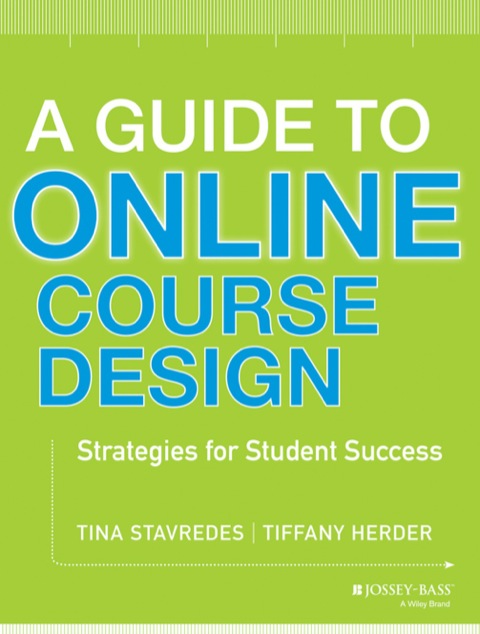Description
Efnisyfirlit
- Title Page
- Copyright
- Contents
- Exhibits and Figures
- Preface
- About the Authors
- Part 1 An Introduction to Persistence and Quality Design
- Chapter 1 Quality Design to Support Learner Persistence
- Defining Persistence
- Persistence Models
- Quality Online Course Standards
- Chapter 2 The Instructional Design Process
- Backward Design Framework
- Instructional Design Process
- Part 2 Analysis of Learners and Learning Outcomes
- Chapter 3 Analysis of Online Learner Characteristics and Needs
- Online Learners Characteristics
- Learner Persistence
- Learner Needs
- Chapter 4 Analysis of Learning Outcomes and Competencies
- Learning Outcomes Defined
- Curriculum Analysis
- Taxonomies of Learning
- Course Analysis
- Learning Outcome Statements
- Competency Statements
- Checklist for Outcome Statements
- Part 3 Design of Course Assessments and Sequence
- Chapter 5 Design of Course Assessments
- Purpose of Assessments
- Types of Online Assessments
- Choosing Formative and Summative Assessments
- Aligning Assessments to Learning Outcomes
- Chapter 6 Sequence of Instruction
- Starting Point for Instruction
- Sequencing Strategies
- Sequencing Assessments
- Part 4 Design of Instructional Strategies
- Chapter 7 Foundations of Transformative Learning
- Principles of Learning
- Engagement in the Online Environment
- Cognitive Learning Styles
- Cognitive Scaffolding Strategies
- Chapter 8 Selection of Instructional Materials
- Text-Based Instructional Materials
- Open Educational Resources
- Multimedia Instructional Materials
- Theories and Principles of Multimedia
- Process for Selecting Media Resources
- Evaluating Instructional Materials
- Copyright Clearance for Course Materials
- Accessibility of Online Course Materials
- Chapter 9 Design of Effective Course Activities
- Instructional Strategies Mapping
- Practice Strategies
- Reflective Learning
- Discussion Forum Activities
- Problem-Based Learning
- WebQuest
- Collaborative Workspaces for Team Activities
- Part 5 Development of Instruction
- Chapter 10 Development of Instructional Materials
- Unit Structure
- Workload
- Developing Units of Instruction
- Writing a Course Introduction
- Course Syllabus
- General Writing Rules
- Chapter 11 Organizing the Course Environment
- Navigation and Interface Design
- Content Design to Support Engagement
- Types of Online Communication
- Part 6 Implementation and Evaluation
- Chapter 12 Course Evaluations and Maintenance
- Final Course Review
- Instructional Scaffolding Review
- Continuous Quality Improvement
- Course Maintenance
- Final Remarks
- References
- Index
- More from Wiley







Reviews
There are no reviews yet.